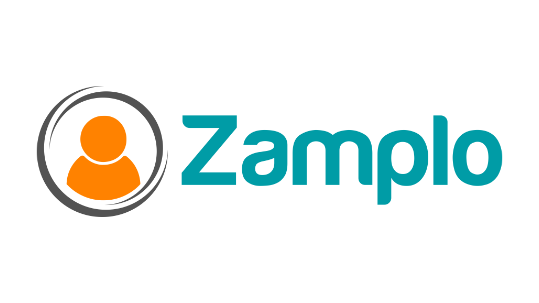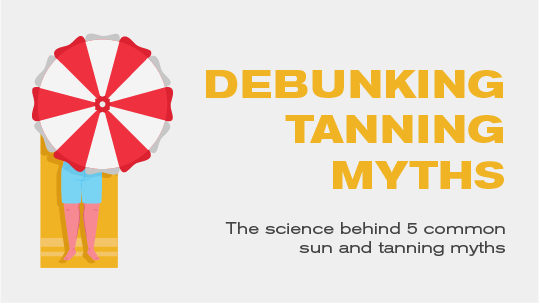 There are dangerous misconceptions surrounding the safety of tanning. For this reason, we set out to uncover the science behind tanning and understand the truth behind 5 common tanning myths.
There are dangerous misconceptions surrounding the safety of tanning. For this reason, we set out to uncover the science behind tanning and understand the truth behind 5 common tanning myths.
MYTH #1: Tanning Beds Are Safer Than the Sun
The best way to understand why tanning beds are more harmful than regular sun exposure is to break down the tanning process. First, when individuals spend time outdoors the sun’s UV rays dig into their skin and break through the skin’s protective layers. In response to this, the skin fights back with specialized skin cells known as melanocytes. The melanocytes release the pigment melanin which causes the tanned appearance. Unfortunately, sometimes the impact of UV rays can become too much for the skin cells to handle and sunburns form as a result. This impact by the UV rays damages the DNA in skin cells and overtime this can also lead to cases of skin cancer and a vulnerable immune system.[efn_note]For more information on the science behind tanning see “Tanning (for Teens)” by Nemours KidsHealth, https://kidshealth.org/en/teens/tanning.html[/efn_note] With this in mind, if individuals use tanning beds they are subjecting their skin to this damage at a greater frequency than if they were to spend time in the direct sunlight. To solidify this, the World Health Organization has placed tanning beds in the highest cancer risk category.
MYTH #2: A Base Tan Provides Adequate Sun Protection
For many years, the theory that a base tan will provide sun protection has tempted individuals to hit the tanning beds before summer vacation. The idea behind this is that the base tan will reduce the chance of sunburning by preparing the skin for a battle in the sun.[efn_note]For more information on base tans see “10 Surprising Facts About Indoor Tanning” by the American Academy of Dermatology Association, https://www.aad.org/public/diseases/skin-cancer/surprising-facts-about-indoor-tanning[/efn_note] However, it has been discovered that if a base tan were measured on the SPF scale it would be equivalent to a sun protection factor of between two and four.[efn_note]For more information on tanning safety see “Indoor Tanning Is Out” by the Canadian Dermatology Association, https://dermatology.ca/public-patients/sun-protection/indoor-tanning-is-out/[/efn_note] It has been recommended that individuals wear sunscreen with an SPF of thirty so just by merely examining these numbers it is clear a base tan is not nearly enough protection. In addition to this, the base tan would be exposing the skin to the known damage of tanning beds which is more dangerous than protective. The lack of evidence to support the base tan theory confirms it is not the best route and the best sun protection is still sunscreen, sunglasses and sun safety apparel.[efn_note]For further information on base tans see “A Healthy Base Tan?” by Forefront Dermatology, https://forefrontdermatology.com/heathy-base-tan/[/efn_note]
MYTH #3: Extra Sun Exposure Is Necessary for Vitamin D Levels
It is a common fact that Vitamin D is associated with healthy bones, but Vitamin D can be obtained more easily than most people think. There is no need to spend a prolonged amount of time in the sun to soak up the sought after vitamin. It can be acquired through eating foods abundant in Vitamin D like salmon, tuna and egg yolks. Milk sold at grocery stores is also enriched with Vitamin D to reduce the chance of bone health concerns. In addition to this, after consulting a doctor, and if deemed appropriate, there are Vitamin D supplement options. This being said, the amount of time individuals spend outside naturally is sufficient in increasing Vitamin D levels, making a lengthy time outdoors for that specific purpose unnecessary.[efn_note] For more information on Vitamin D see “Vitamin D Myths ‘D’-bunked” by Yale Medicine, https://www.yalemedicine.org/stories/vitamin-d-myths-debunked/[/efn_note]
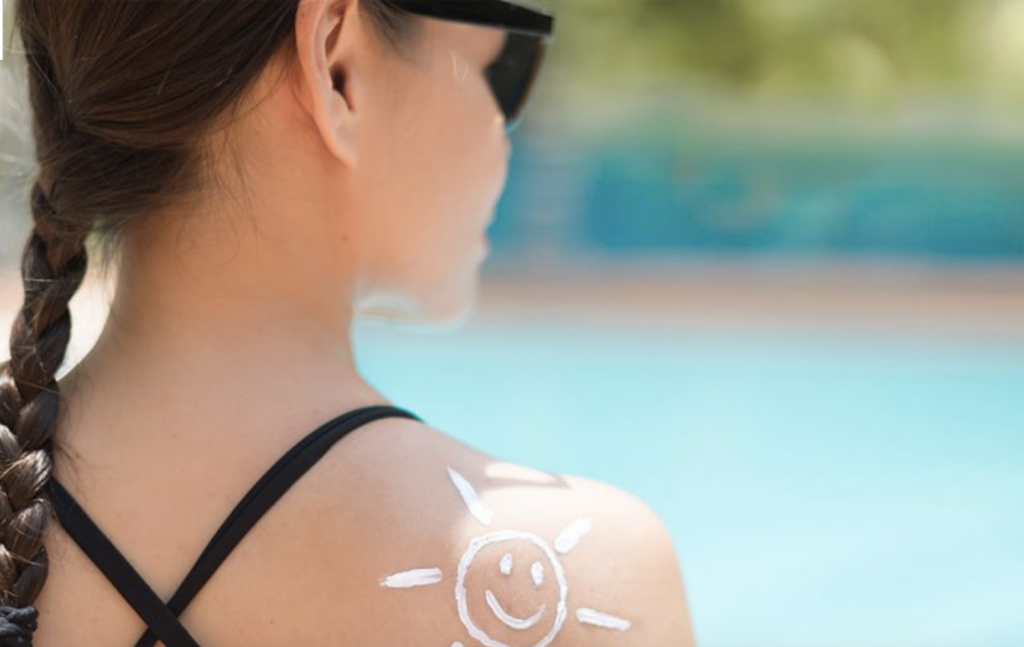
MYTH #4: Sunscreen Is Unnecessary While Under Cover
There exists a common misconception that being under shade protects the skin from the sun’s harmful UV rays. The issue with this is that although individuals may not be in the direct line of the UV rays they can still be indirectly affected when the sun’s rays reflect off of other surfaces. For example, it is common to sit under an umbrella for shade during a day at the beach but the sun can still reflect off of the water and sand. On top of this, it can be difficult to always remain completely covered under an umbrella or shaded area because the sun moves quickly. For these reasons it is safest to still apply sunscreen for full coverage.[efn_note]For more information on the use of sunscreen see “Healthy Skin: Made in the Shade?” by the Skin Cancer Foundation, https://www.skincancer.org/blog/healthy-skin-made-in-the-shade/[/efn_note]
MYTH #5: Tanning Achieves Perfect Skin
The results of a tan can appear to cause skin to look radiant and remove the sign of blemishes. In fact, tanning the skin only temporarily creates this effect and it is well known that every tan creates varying levels of skin damage. Sun exposure is the most common cause of skin damage and wrinkling. Exposure to the ultraviolet (UV) radiation in sunlight causes changes to the skin. In addition to fine lines and wrinkles, UV damage causes brown spots and pigment irregularity, as well as broken capillaries and red blotches.[efn_note]For more information on skin damage by sun esposure see “Wrinkles” by the Better Health Channel, Victoria State Government, https://www.betterhealth.vic.gov.au/health/conditionsandtreatments/wrinkles[/efn_note] In light of this, as tempting as it may be, a tan is not needed to achieve perfect skin. Skin care is about keeping skin healthy and not trying to make it look flawless. The skin functions and protects the human body in so many ways which is why it is important to take care of it. The best way to do this is to practice sun safety while outdoors and steer clear of tanning beds.
For more information on sun safety, and to access resources to help you protect yourself, check out our Prevention page and our Sun Safety Resources poster.





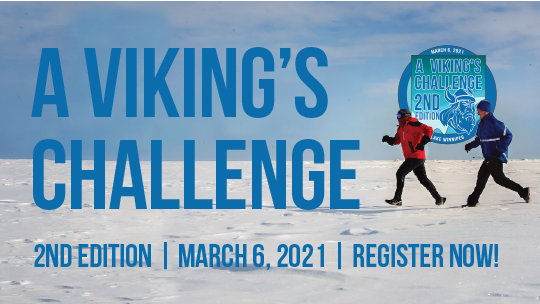
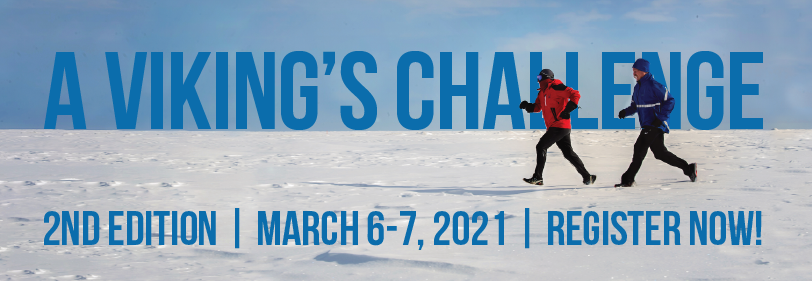






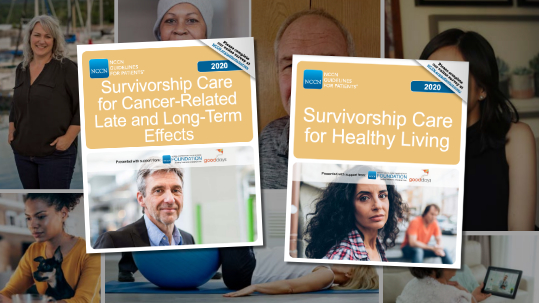
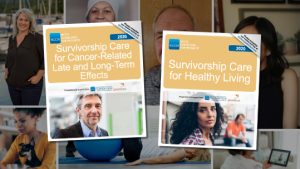
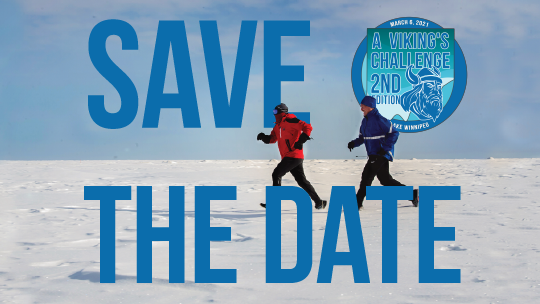
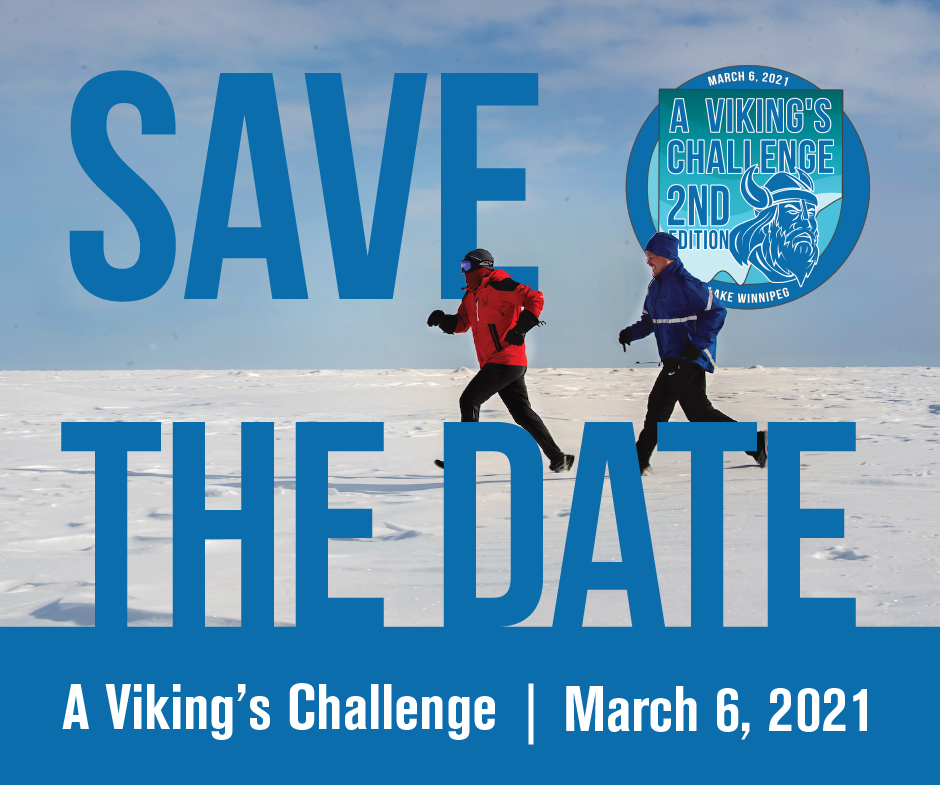 Mark your calendars! The second edition of A Viking’s Challenge will be taking place on March 6, 2021.
Mark your calendars! The second edition of A Viking’s Challenge will be taking place on March 6, 2021. 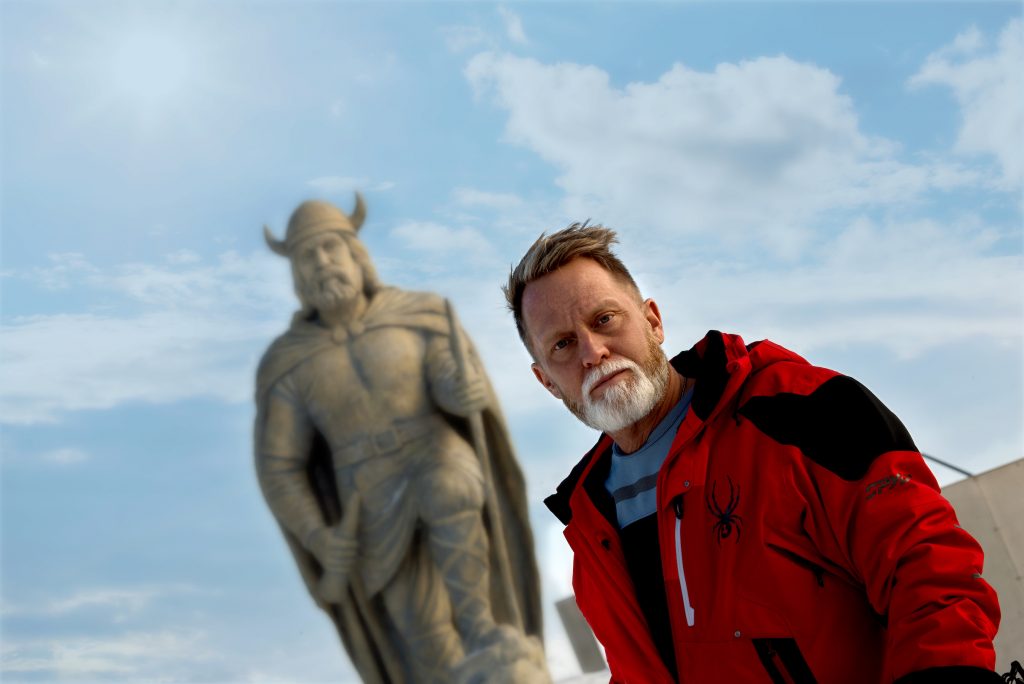 THE CHALLENGE
THE CHALLENGE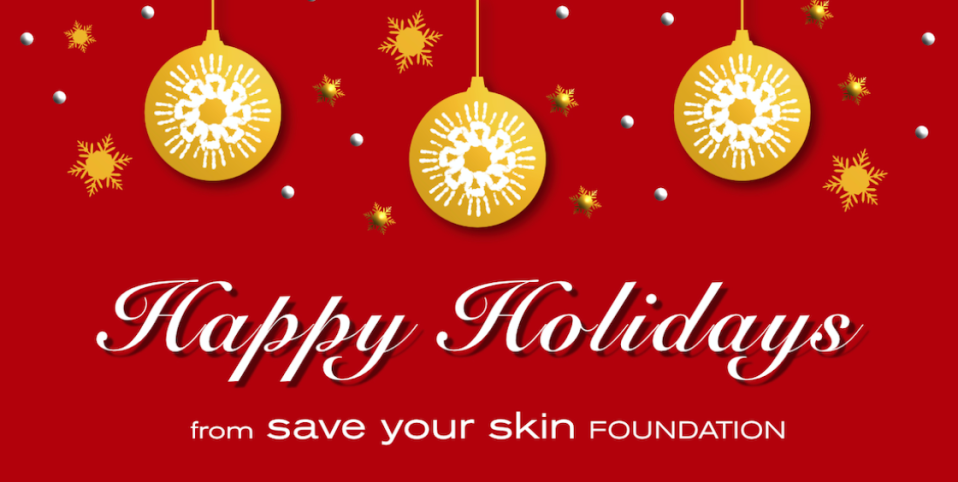
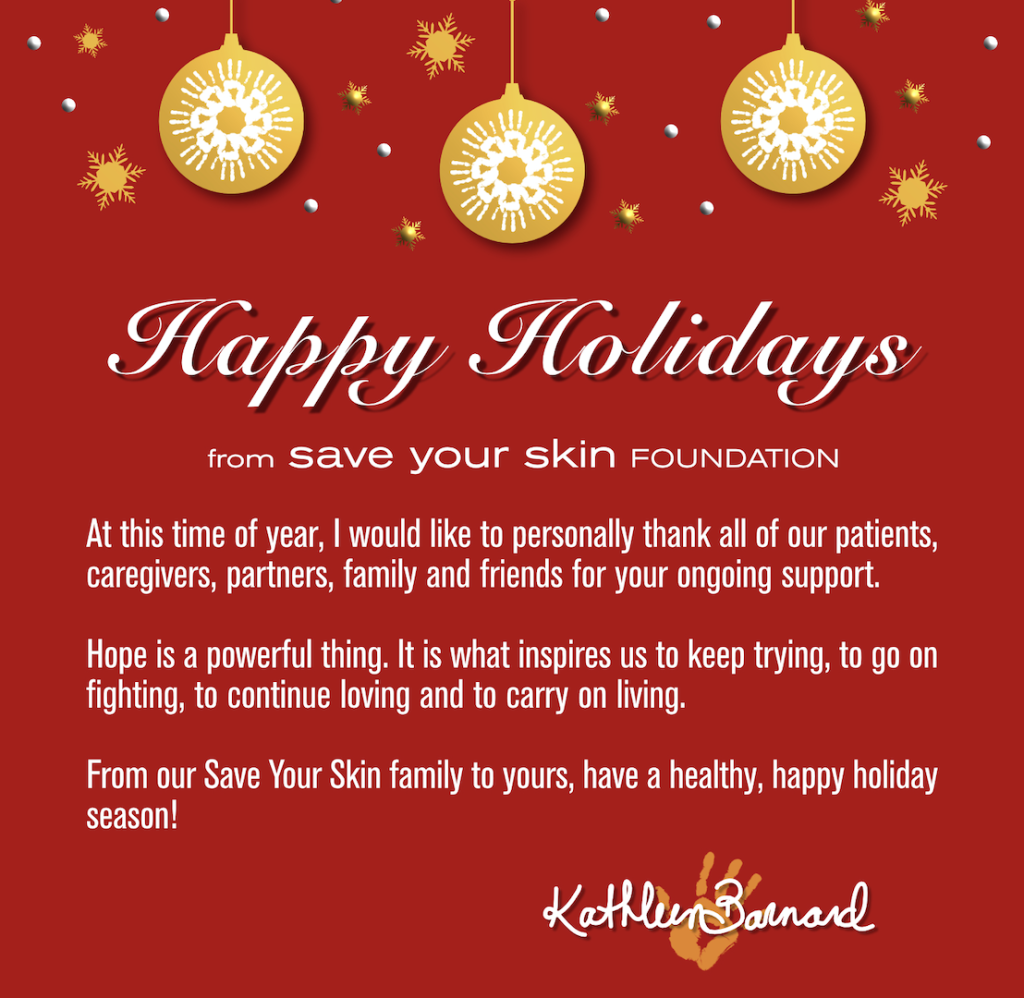

 Saturday, December 19, 2020 at 3pm PST / 6pm EST
Saturday, December 19, 2020 at 3pm PST / 6pm EST

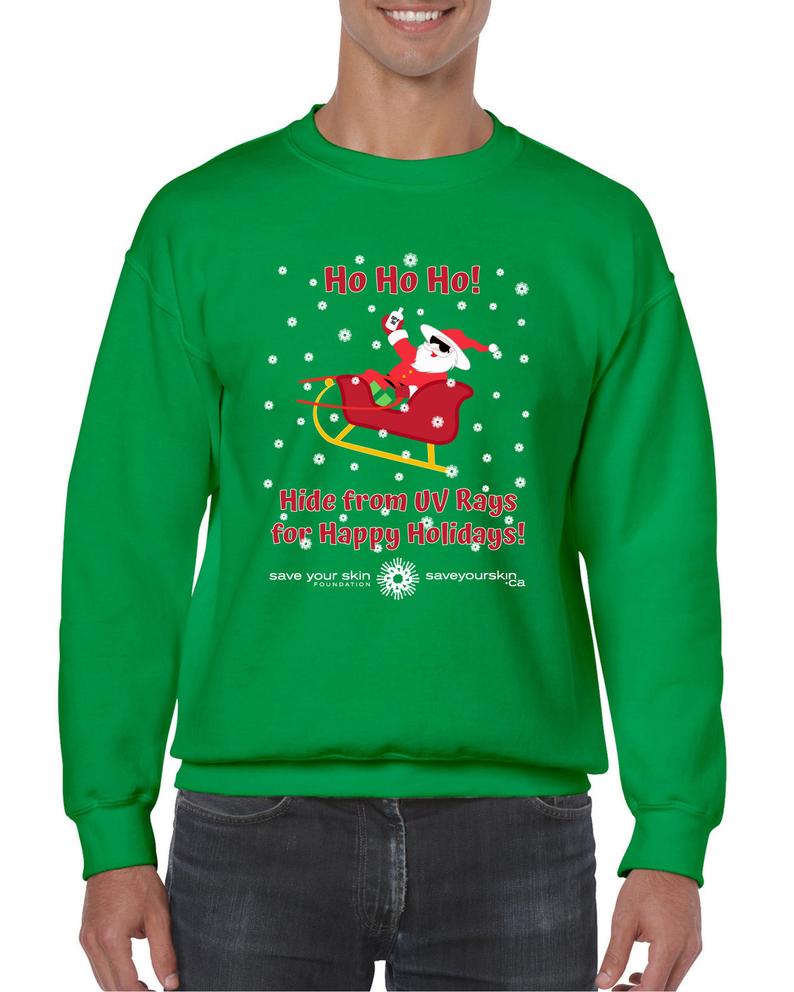

 Victoria, British Columbia
Victoria, British Columbia
